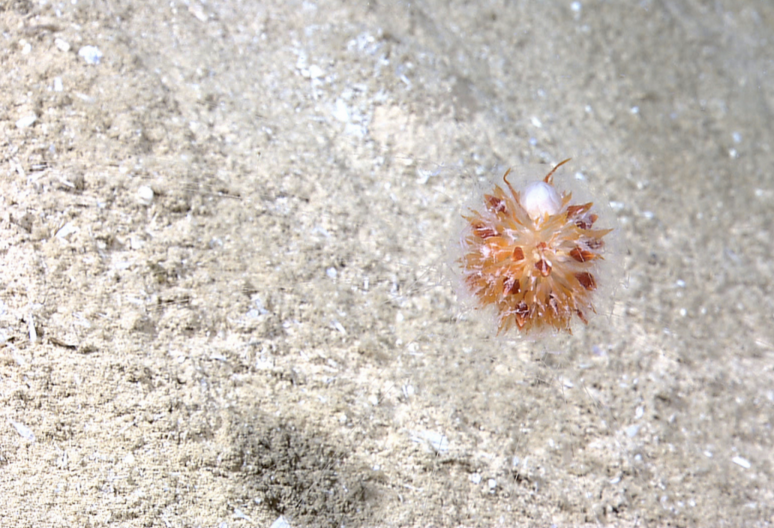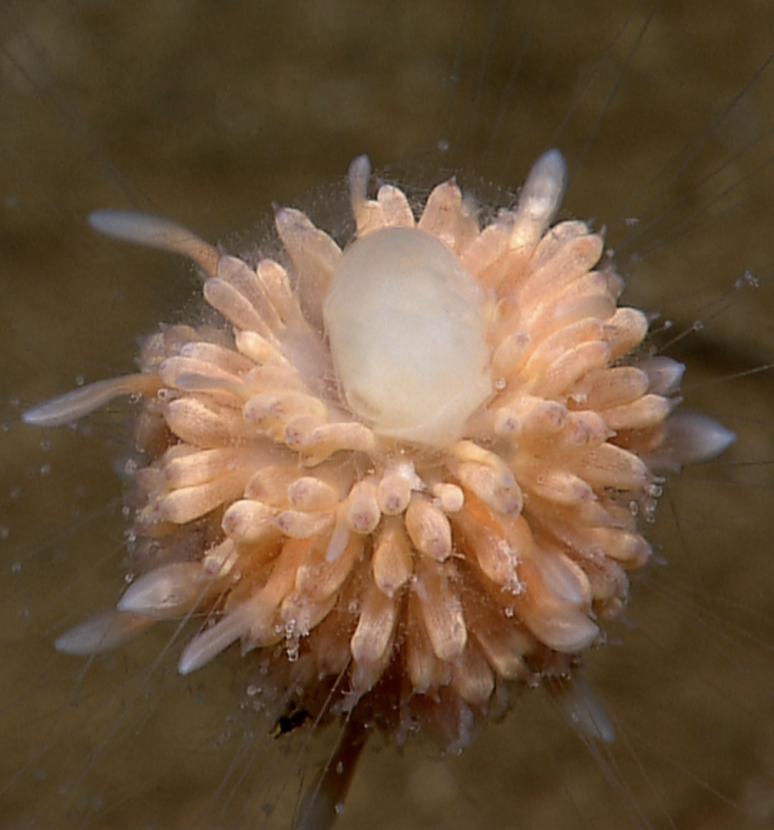
I was 12 when I first saw an “ocean dandelion,” and I wish I’d known then how strange these animals truly are. I was watching a documentary: researchers had collected a deep sea dandelion using a submersible, but upon returning to the surface, the dandelion had disintegrated into nothing but “petals.” I remember the announcer saying, ‘we know almost nothing about the ocean dandelion. What it eats, how it reproduces, how it’s put together.’ The documentary ended, and all I could think was: “what the heck?!!? They didn’t answer ANYTHING.” 16 years later, I was in for quite a shock.

A few years ago I started work in a lab studying a strange group of animals that includes the Portuguese man-of-war. This group is called the siphonophores. One day while looking through some siphonophore photos, everything clicked. There it was, the ocean dandelion. The ocean dandelion, it turns out, is a siphonophore. And siphonophores are completely bizarre, challenging a simple assumption about what it means to be an animal.
For starters, let’s get the basics out of the way. Is the ocean dandelion siphonophore one individual, or many? Answer: YES. To explain what I’m mean, and why these guys are so weird, let’s talk about YOU.
You are one animal, that’s clear, but you’re not one cell. You’re trillions of cells all working together in a cooperative fashion. And the product of all that cooperation is singular: one unique YOU made up of trillions of individual cells. Biologists talk about this in terms of ‘levels of organization.’ On one level, you’re trillions of cells, on another level, you’re one unique animal. So far we’re talking two levels of organization. Level 1: cell. Level 2: animal. Can you imagine what kind of crazy weird creature would exist if we add a third level?
Imagine a creature that is not just made up of trillions of cells, but also hundreds of animals. All these animals work together in the same way your cells work together, creating a kind of superorganism. Ants could be considered a superorganism, all working together with one queen. Siphonophores, like the ocean dandelion, take this whole idea one step further.
The ocean dandelion is like an ant colony on steroids. Like an ant colony, each ocean dandelion is a collection of individual animals, all working together for the colony. There are different jobs for different members. Some protect the colony, some catch food, some reproduce. But there is one key difference between an ant colony and an ocean dandelion: individual ants work together, but still remain separated from one another, for members of the ocean dandelion colony, this isn’t true. They actually share tissues with one another. They have one shared community stomach, so what one animal eats, all get to digest.
Forget the hammer and sickle: Communism, your symbol should be the ocean dandelion.
Crazy to think about, but beautiful to look at. Each ‘petal’ of the disintegrated ocean dandelion I saw years ago was actually a single member of the colony, able to survive a short time on its own before starving to death. A change in pressure, or bumpy ride to the ocean’s surface, may have been what caused the colony to collapse.
Despite the time that’s passed since I first saw the ocean dandelion, there’s still a lot we don’t know. What does it eat? How does it reproduce? But we know something about how it’s put together, and I never would have guessed the answer would be so strange. Twelve-year-old me would be thrilled.




I am needing someone to identify a jellyfish I found in some coral rubble(apparently resting) in Indonesia. Can you help?
I can try. Shoot me an email (address in the “about” section).
Been really digging your posts on Deep Sea News! Especially this one and the one about hooded nudibranchs. Just wanted to say thanks and keep up the good work!
Wow, what a nice comment! It really means a lot to get feedback like this, thank you for taking the time to say so. It means a lot to me.